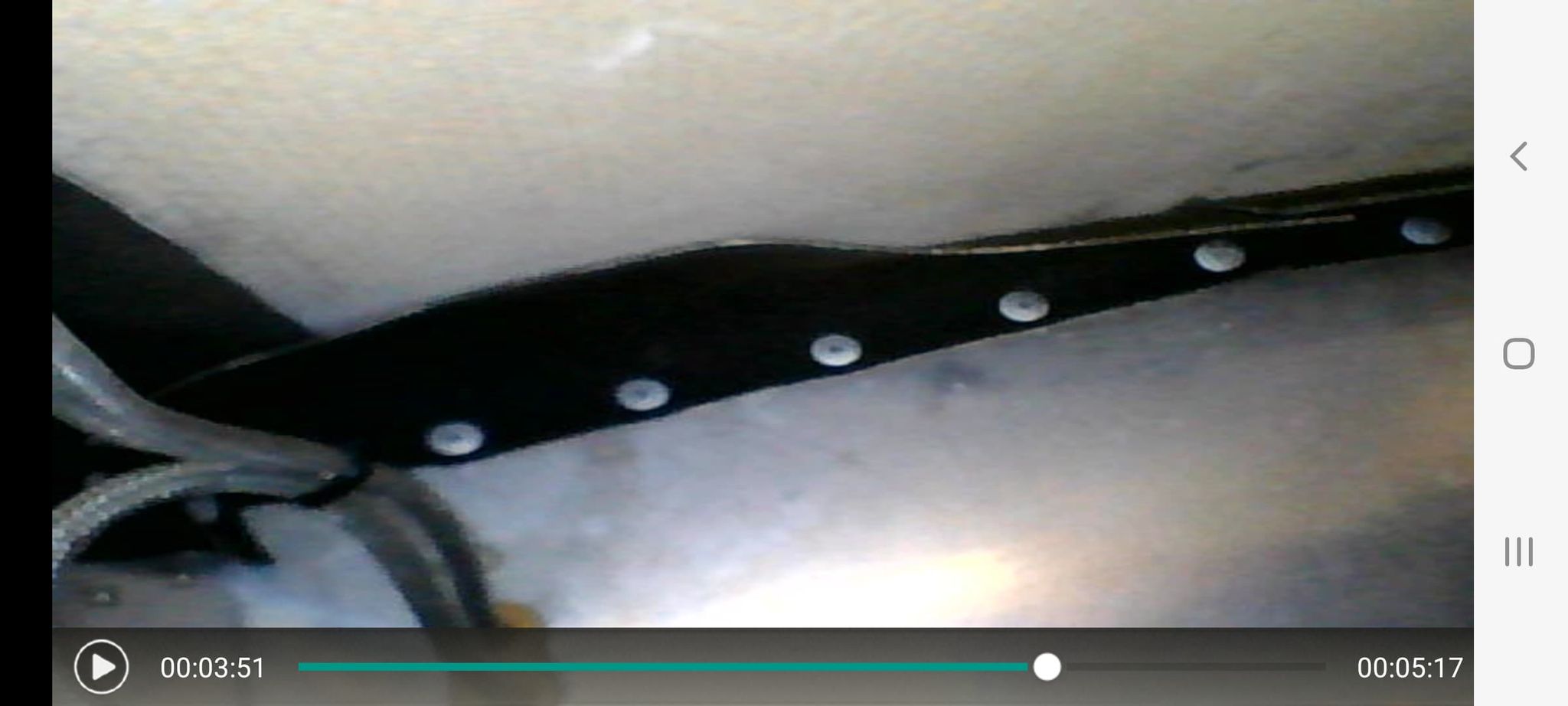blaplante
Well Known Member
Yes, I do, and I increased the height of it - with no obvious effect,
Thanks for asking.
CHTs are pretty even in climb. The disparity becomes evident above 170mph indicated. power setting does not affect it unless I pull the power way back, to the point the other three CHTs start dropping.
Check for casting flash in the fins of the heads, particularly in the 3 hotter cylinders. Very common. To see if it is flash or not, compare to the other cylinders in the same spots.
https://www.youtube.com/watch?v=V-7Z4oOMSYI





